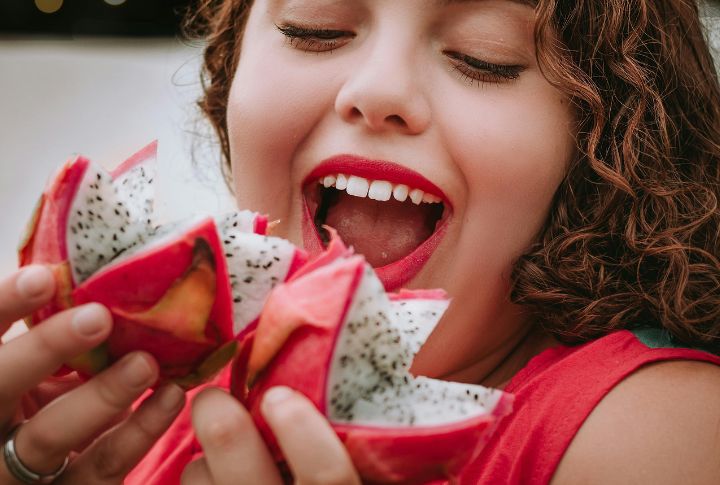
‘If your fruit bowl’s starting to feel like a retirement home for apples and other very common fruits, it’s time for an upgrade. Exotic fruits aren’t just for looking cool to guests; they bring serious health perks to the table. Let’s look into some wild fruit picks that deserve a little attention for your health.
Dragon Fruit

Bright pink skin might pull you in, but it’s the inside that does the heavy lifting. Dragon fruit contains prebiotics that feed healthy gut bacteria. The seeds carry omega-3s, and the flesh is high in fiber. Smooth on the tongue, it’s also gentle on your stomach after a big meal.
Mangosteen
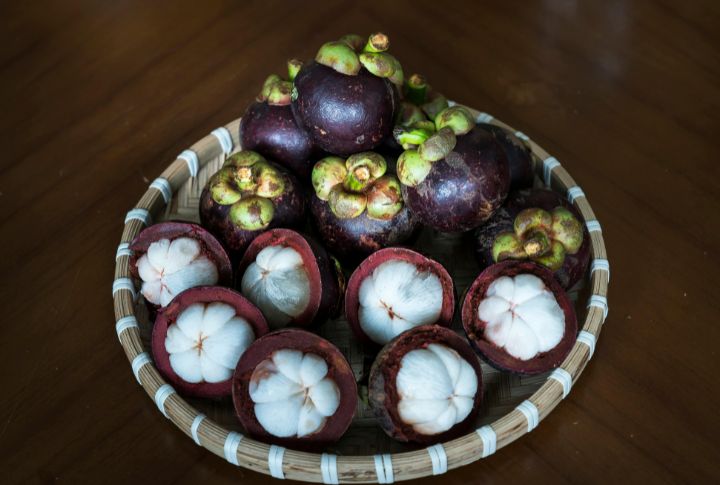
It is scientifically proven that mangosteen delivers an antioxidant called xanthone, which researchers link to inflammation reduction. Curious thing, though its thick rind isn’t edible, yet that’s where the highest compound levels hide. The juicy segments inside may taste sweet, but they work on cellular clean-up as they go down.
Rambutan
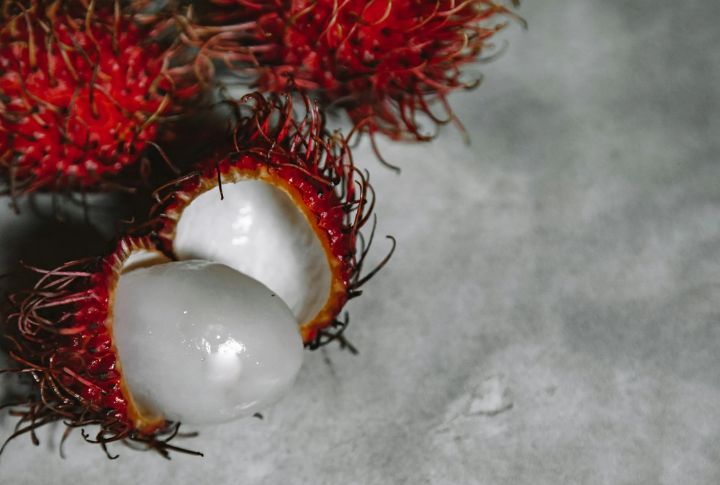
At first glance, it looks like a fruit wearing a bad wig. But peel back the fuzz, and you’ll find a translucent orb that contains vitamin C and iron. Unlike citrus, it won’t pucker your mouth. Instead, it gently boosts immunity while quietly supporting red blood cell production.
Soursop
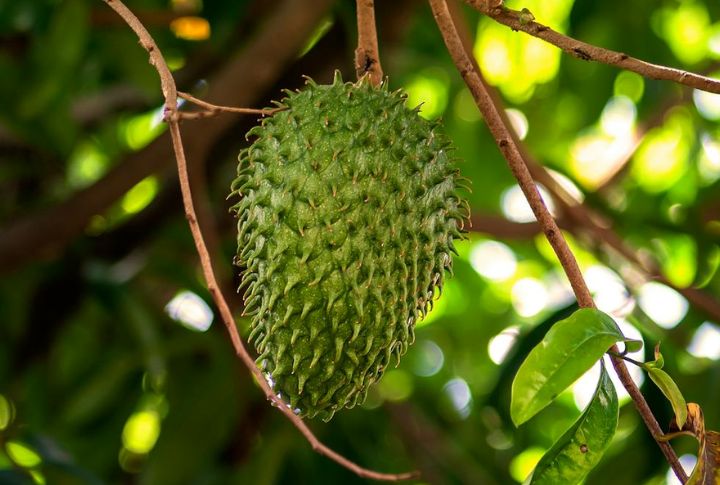
Looks can deceive. Soursop’s rough shell hides a soft flesh rich in acetogenins, known for their potential anti-cancer properties. Often blended into juices or desserts, this fruit also provides magnesium, which helps relax muscles. Its tart flavor leaves your taste buds tingling without needing to add anything extra.
Starfruit
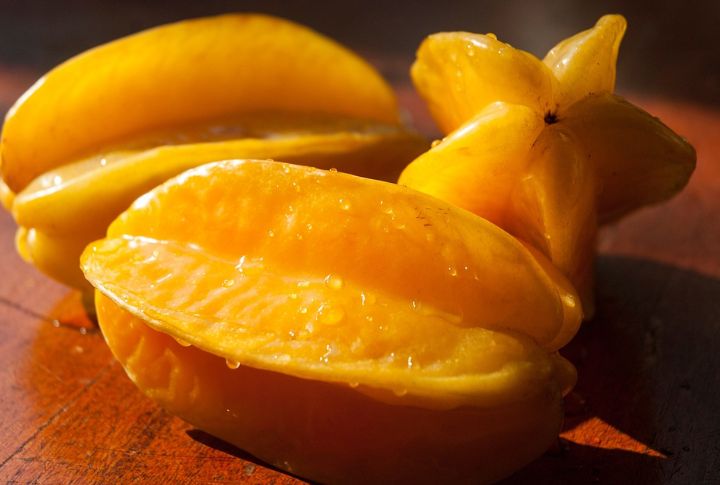
Slice it, and it looks like a star. Eat it, and you get a dose of antioxidants, fiber, and potassium. There’s also a rare plant compound inside called polyphenol gallic acid. That’s one reason folks with high blood pressure or inflammation may reach for it regularly.
Durian
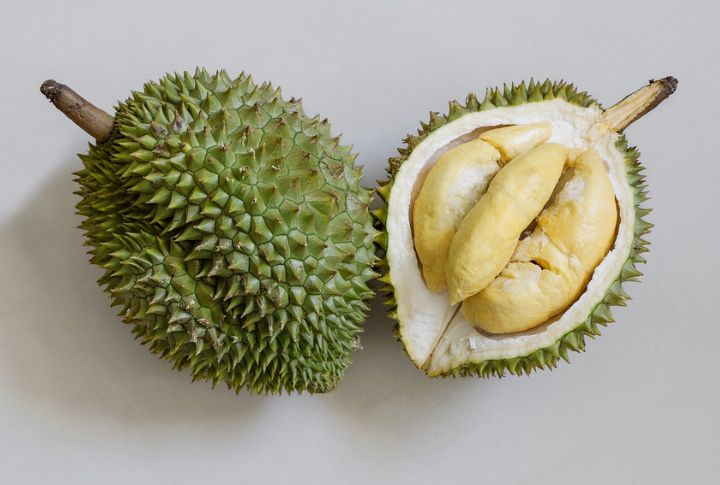
It smells like old socks, but fans swear it’s worth the trouble. Durian contains tryptophan, a compound that helps the body create serotonin. That means mood regulation and better sleep might be hidden beneath its spiky armor. Although strangely addictive, its custard-like flesh packs a much-needed energy punch.
Camu Camu
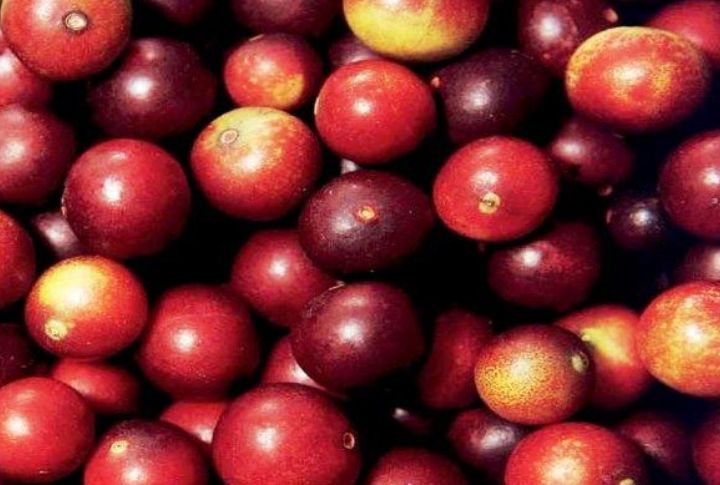
Smaller than a lime and far more sour, camu camu holds one of the highest known concentrations of vitamin C. That explains its popularity in immunity blends and powdered supplements. While it’s rarely eaten raw, even a small amount can support collagen production and reduce free radical damage.
Jabuticaba
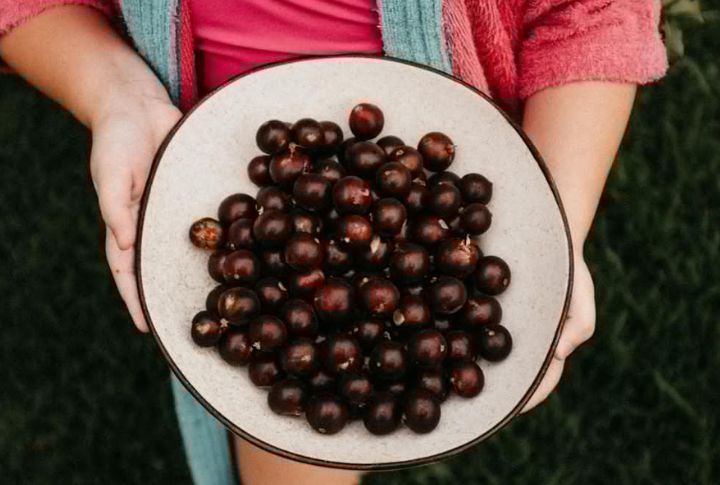
Imagine grapes growing straight from a tree trunk. That’s jabuticaba. Beyond being rich in anthocyanins, this Brazilian fruit may help regulate blood sugar levels. When fermented, it turns into wine or jelly, but when raw, the thick skin and sweet center deliver a strange yet satisfying mix of bitter and sweet flavors.
Noni
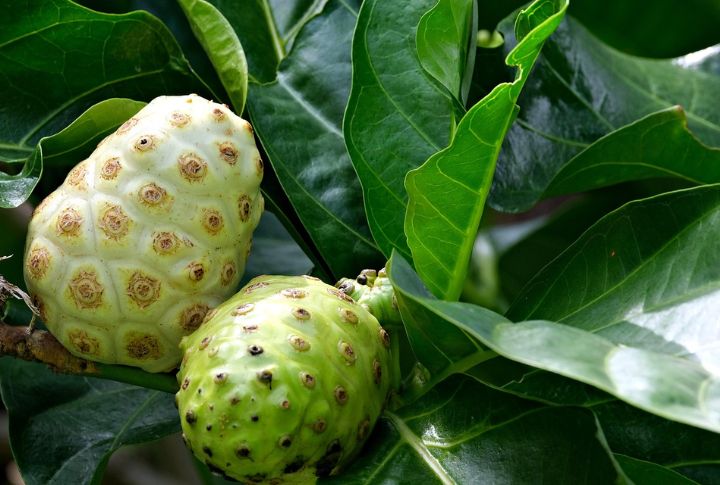
People say it tastes like blue cheese left in the sun. Still, noni juice is praised for its immune-supporting polysaccharides. Polynesian healers have used it for centuries. While research continues, those seeking natural anti-inflammatory support often brave its strong aroma for possible health benefits.
Salak
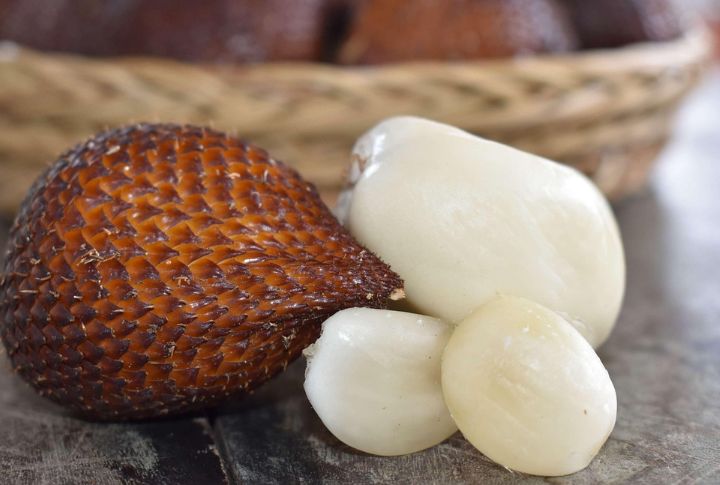
Popular across Southeast Asia, salak’s skin looks like snake scales. Bite into it, and the crunch surprises you. Beneath the crisp texture lies beta-carotene, potassium, and iron. Locals claim it sharpens memory. While science still explores that idea, its sweet-sour profile already leaves a lasting impression.
Leave a comment